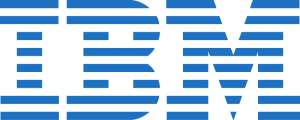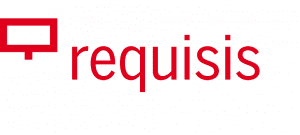Although you may have successfully been using IBM DOORS classic in your engineering projects for a long time, new projects may need requirements management capabilities that are supported by IBM DOORS Next only.
In order to respond to the demand for sophisticated and advanced requirements management capabilities in current and future projects, DOORS Next was designed with an entirely new leading-edge architecture. As a result, migrating to DOORS Next from DOORS requires thorough planning and a good understanding of your current requirements meta structure.
This is the foundation for a successful migration process with a low risk for unpleasant surprises.

To a large extent, the superior functionality of IBM DOORS Next is facilitated by the new tool architecture which in return provisions a new concept of handling and processing requirements data.
The meta-structure of requirements is different from what we know from IBM DOORS Classic. New type management, object dependencies, and attributes demand a well-thought-through approach to migration.
One of the most powerful features of IBM DOORS Next is the implementation of a “Global Configuration” concept, allowing really smart handling of variants. To be able to fully leverage this capability after migration, the meta structure of the IBM DOORS classic modules has to be transformed into a combination of modules and components in IBM DOORS Next prior to migrating.
The up-front effort pays off with easier creation of streams and link relationships, allowing for different link relationships depending on the stream context.
There are two different approaches to migrating to IBM DOORS Next from DOORS Classic.
Replicate the existing IBM DOORS Classic data metastructure in DOORS Next
Replication is a rather simple procedure that can be accomplished automatically to a large extent. It does not require a requirements data concept reflecting the new meta-structure, and there are virtually no significant delays induced by the migration. The downside: The new capabilities of IBM DOORS Next will not be available for migrated projects.
Transform the existing IBM DOORS Classic data metastructure into a native DOORS Next data metastructure
Transformation requires more pre-work. Existing requirements data has to be carefully reviewed and the structure needs to be analyzed in the light of the new capabilities coming with IBM DOORS Next. A new meta structure must be designed. The downside: up-front preparation should be done very thoroughly and those efforts can be significant.
However, after the migration, the full scope of IBM DOORS Next advantages can be leveraged for migrated projects, and the migration effort will pay-off.

IBM provides a migration framework that supports an incremental process to spread both cost and risk over time.

SodiusWillert’s Migration Toolkit for DOORS speeds your adoption of the features of DOORS Next by migrating your requirements from DOORS Classic without the need to change your data to start migrations.

Easily transfer you data from DOORS to DOORS Next Generation (DNG), without the need to modify your data in DOORS Classic prior to the migration.

Give your team access to more than 25 years of experience in Requirements Engineering with IBM DOORS or DNG